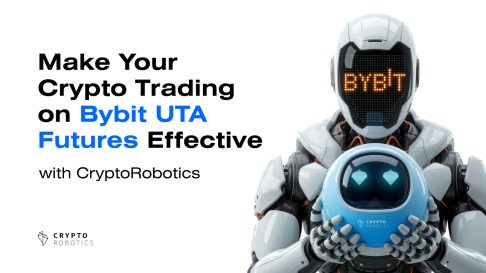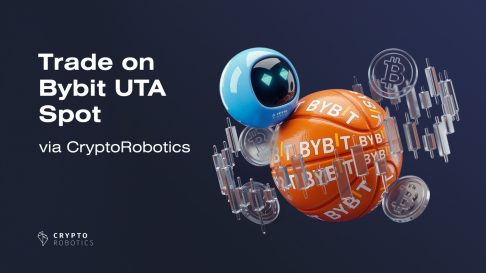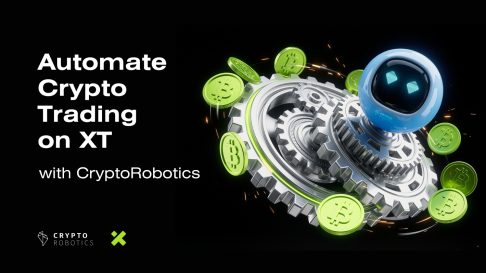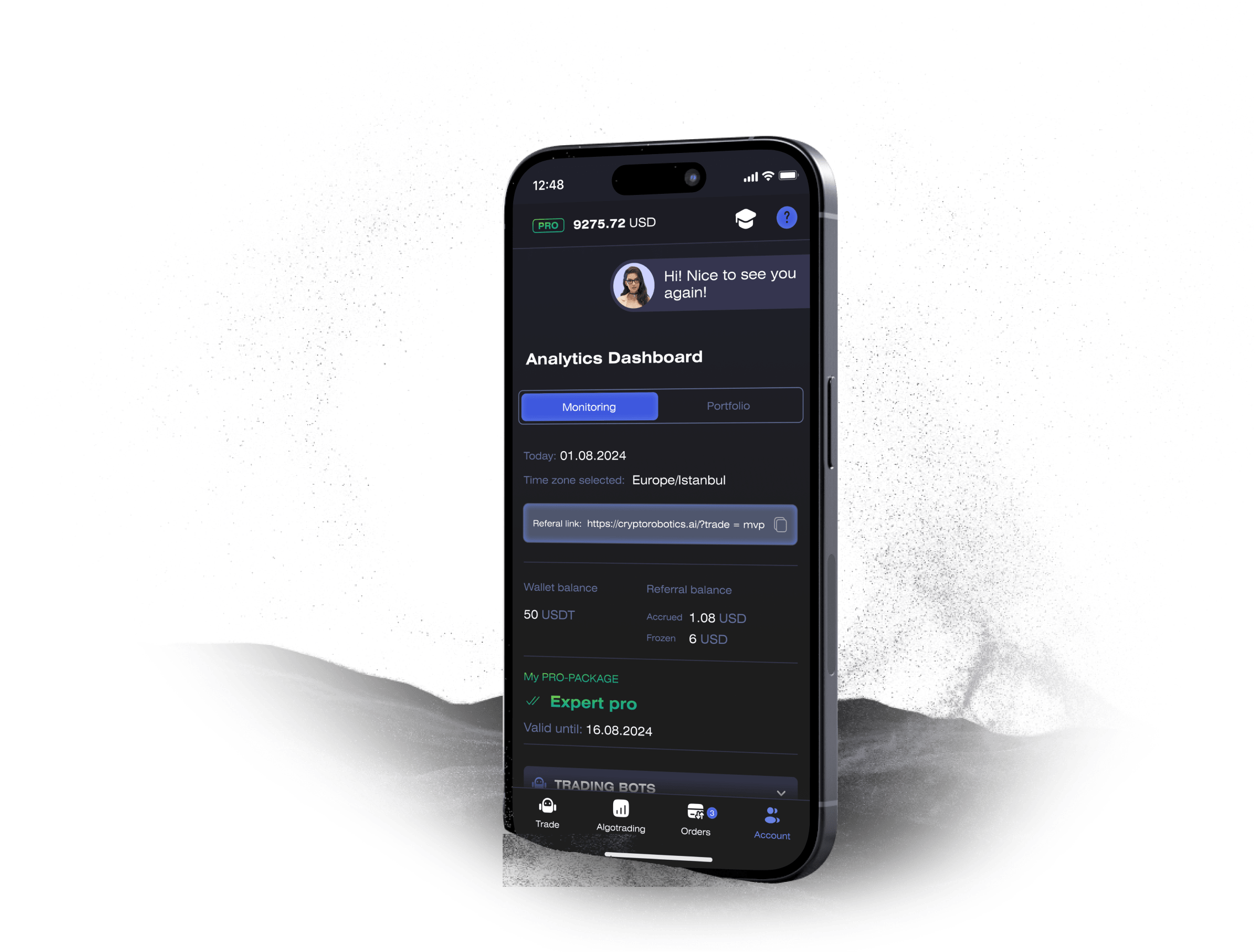Published: August 31, 2024 at 5:58 am
Updated on December 10, 2024 at 7:31 pm




Liquidity is considered one of the essential factors in the traditional and cryptocurrency markets. This factor strongly affects asset prices.
In DeFi, liquidity pools are tokens blocked into a smart contract to contribute to effective asset trading while allowing investors to make an income from holdings of cryptocurrency.
A liquidity pool is not that other than an automated market maker that enables liquidity for preventing assets price from large price fluctuations.
Usual exchanges operate using an order book model. It works well if there are enough buyers and sellers in the market. But if the situation is another, tokens lack liquidity because of low volume or percentage. For this reason, it becomes difficult to buy and sell tokens. These illiquid tokens can cause unpredictable fluctuations in the price for a few large individual transactions. Thus, tokens that have high price volatility and inefficient conversions will not attract investors.
To get more information about how liquidity pools differ, we will consider the fundamental e-commerce building block, known as the order book. In simple terms, an order book is several open orders for this market.
A system that compares orders with each other is named a matching engine. Alongside the matching engine, the order book is considered the core of any centralized exchange (CEX). This working model is intended to make easily efficient exchanges and provide an opportunity to develop complex financial markets.
However, DeFi trading involves the execution of tradings within the network without a centralized party that owns the funds. This creates a problem for the order book. Each interaction with the order book obligates users to pay a gas fee, making the trades much more expensive.
Besides, it also makes the work of market makers, traders who ensure liquidity for trading pairs, very expensive. Nevertheless, most blockchains cannot provide the necessary bandwidth for the daily trading of billions of dollars.
This means that in a blockchain such as Ethereum, exchanging the on-chain order book is virtually impossible. You can use sidechain or layer-two solutions that are already in development. However, the network cannot handle bandwidth in its current form.
It should be noted that there are DEXes operating well with on-chain order books. Binance DEX is based on Binance Chain, and it’s specially created for fast and cheap trading. Another example is Project Serum which is based on the Solana blockchain.
Still, as most digital assets are in Ethereum, you can’t trade them on other networks if you don’t use a cross-chain bridge.
Automated market makers (AMM) is an innovation that provides on-chain trading without the necessity to use an order book. Since no direct counterparty is required to complete trades, traders can enter and exit positions on token pairs that are likely not highly liquid on order book exchanges.
Therefore, when you trade on an AMM, you’re executing the trade against the liquidity in the liquidity pool. If the buyer wants to make a purchase, the seller is not required in this case. What the buyer needs for buying a token is sufficient liquidity in the pool.
One of the kinds of use of the pool of liquidity is yield farming or liquidity mining. Liquidity pools are based on automated yield-generating platforms, where users can make investments by adding their funds to pools. After that, investors use them for generating yield.
The distribution of new coins to the right people is considered problematic for cryptocurrency projects. Liquidity mining is one of the more successful ways to do it. In fact, The distribution of tokens among users is algorithmic, and only those users who add their tokens to the liquidity pool receive tokens. Thus, the newly created tokens are distributed in proportion to each user’s share in the pool.,
You should remember that these tokens can even be from other liquidity pools, which are called pool tokens. For instance, if you’re ensuring liquidity to Uniswap or lending funds to Compound, you’ll receive tokens that provide your share in the pool. You have the opportunity to deposit those coins into another pool and make a profit.
These chains can get quite complex since protocols integrate other pool tokens of the protocol into their products, etc.
We can also consider governance as an option to use. If you want to make a formal governance proposal, you need a very high threshold of token votes. If the funds are pooled instead, users will be able to maintain the common cause that they consider essential to the protocol.
One more emerging sector of DeFi is smart contract risk insurance. Many of these implementations are also supported by liquidity pools.
Even more advanced use of liquidity pools is called tranching. This concept was borrowed from the traditional financial system, which divides financial products according to their risks and profits. Consequently, these products provide LP to choose individual risk and return profiles.
Synthetic assets of minting that are based on the blockchain also depend on liquidity pools. To get a synthetic token that’s connected to any asset you’d like, you should do the following actions:
Impermanent loss can appear when you hold your coins in a liquidity pool instead of holding them onto a digital wallet or exchange. The liquidity pool’s value must always remain balanced. The volatility and fluctuations can lead to imbalances in the pool and an exit from the liquidity pool with more or fewer tokens than when depositing. The new ratio of tokens you exit with may cost less than if you kept the original ratio you entered with.
When you add your coins to a liquidity pool, they are held in the pool. Although there are technically no intermediaries who store your funds, the contract itself essentially saves those funds. If there is an error or vulnerability with a flash loan, you can lose your funds forever.
Beware of projects in which developers control the funds or can change the rules of the protocol governing. In some cases, developers have access to the smart contract code. Such actions from the side of developers can lead to bad consequences. This project potentially can be a scam. Therefore, you should be attentive.
Liquidity pools are one of the most important elements that underlie decentralized finance. With the help of liquidity pools, users can earn income from lending, decentralized trading, etc. These smart contracts are used in almost all areas of DeFi and will be popular for a long time.
Related Topics
















Access the full functionality of CryptoRobotics by downloading the trading app. This app allows you to manage and adjust your best directly from your smartphone or tablet.


News
See more







Blog
See more






